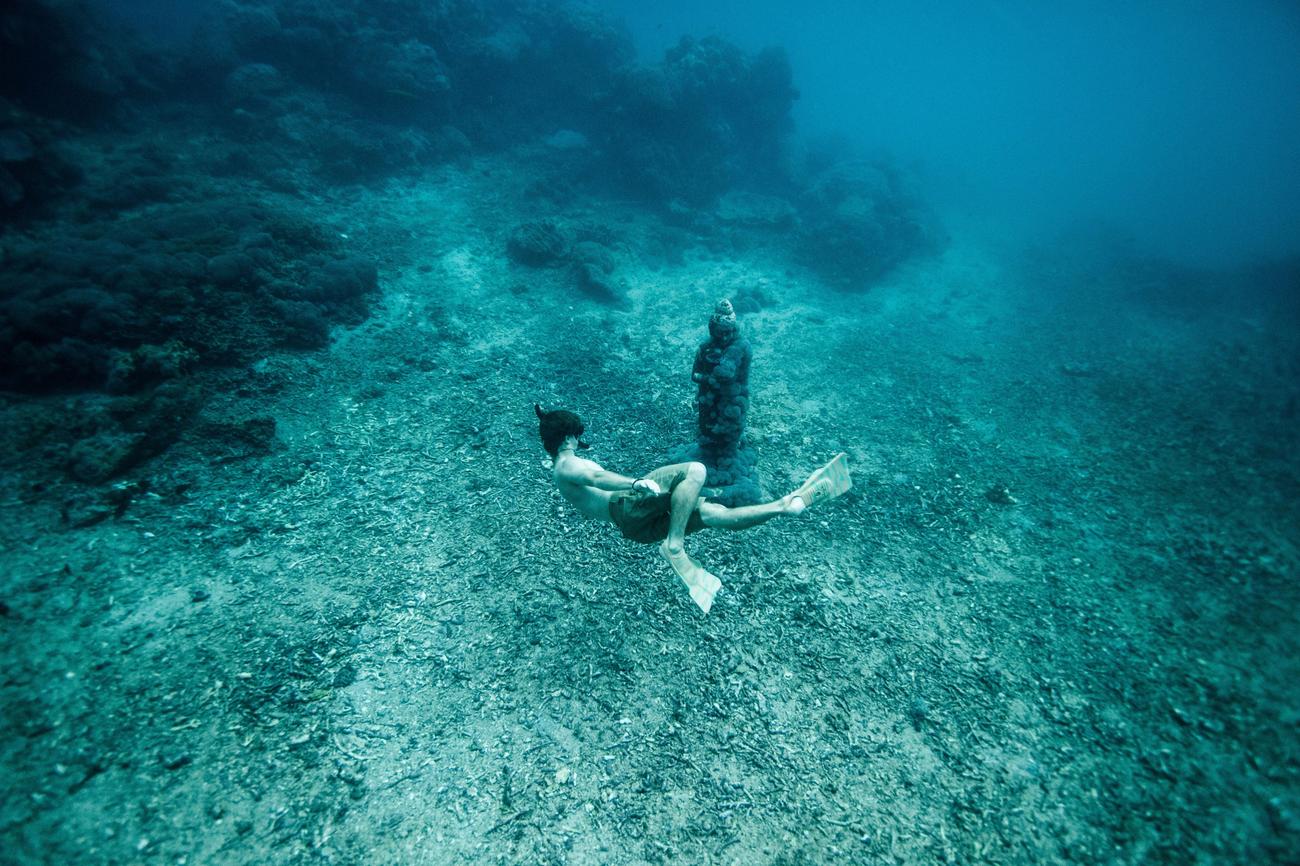Explore the Different Flag Colors for Safe Snorkeling and Scuba Diving

As you embark on underwater adventures, it is crucial to be aware of the different flag colors that signify specific areas for snorkeling and scuba diving. These flags serve as vital communication tools that guide water enthusiasts and ensure their safety while exploring the mesmerizing underwater realm. By understanding the significance of each flag color and adhering to the protocols associated with them, you can guarantee a secure and enjoyable experience for yourself and fellow divers. In this article, we will delve into the various flag colors used to mark areas for snorkeling and scuba diving, enlightening you on their importance and emphasizing the need to respect and follow these signals.
What Color Flag is Used to Mark an Area Where People are Snorkeling or Scuba Diving
Diving and snorkeling are exciting watersports that allow individuals to explore the beauty of the underwater world. While these activities offer exhilarating experiences, safety should always be a top priority. To ensure the well-being of all water enthusiasts, various flags are used to communicate important information about diving and snorkeling areas. One such flag is the red flag with a white diagonal stripe, which is internationally recognized as the flag for snorkeling and scuba diving.
Picture yourself at a beach, eager to dive into the crystal-clear waters. As you approach the shoreline, you notice a red flag with a white diagonal stripe fluttering in the wind. This flag catches your attention and reminds you that scuba divers or snorkelers are present in the area. It serves as a signal for all water users, including boaters and swimmers, to exercise caution and maintain a safe distance from the divers.
Diving flags often come in different colors to indicate specific information related to water activities. The most common flag is the red flag with a white diagonal stripe, which signifies the presence of submerged divers. This flag acts as a warning to boats passing by, alerting them to the potential danger in the water.
Another flag color often seen in diving areas is blue. A blue flag indicates the presence of snorkelers, individuals who explore the underwater world with just a mask, snorkel, and fins. Snorkeling is a less intense activity than scuba diving and allows individuals to observe marine life near the water’s surface. So when you see a blue flag, keep in mind that snorkelers may be present, and it’s important to respect their space and avoid disturbing their experience.
In addition to the red and blue flags, there is also the white flag, which signifies the presence of surface swimmers. These swimmers enjoy the water from above without diving beneath the surface. Much like snorkelers, surface swimmers should be given space and consideration to ensure their safety and enjoyment.
As you venture further into the world of diving and snorkeling, it’s essential to understand the significance of these different flag colors. The red flag with a white diagonal stripe is crucial for indicating the presence of submerged divers, while the blue and white flags represent snorkelers and surface swimmers, respectively. By recognizing, respecting, and adhering to these flag signals, you contribute to the overall safety and enjoyment of everyone in the water.
To summarize the importance of flag colors in diving and snorkeling areas:
“Understanding the meaning behind different flag colors is key to ensuring a safe and enjoyable experience for all water enthusiasts.”
In your pursuit of aquatic adventures, always remember to familiarize yourself with local regulations and flag systems specific to the region you are visiting. Different countries and regions may have variations in their flag colors or designs, so it’s crucial to stay informed and aware.
If you’re seeking further information on diving flags and their meanings, there are numerous reliable sources and expert-authored articles available. These resources can provide comprehensive insights into flag systems and help enhance your knowledge of underwater safety protocols. Remember, expertise and awareness go hand in hand when it comes to exploring the underwater world responsibly.
“The underwater world holds incredible wonders, but it’s our responsibility to respect and protect it. Understanding and respecting different flag colors is a crucial step towards safe and enjoyable diving and snorkeling experiences.”
Fun facts about scuba diving are just a click away! Ever wondered what the deepest scuba dive on record is? Or how long a person can stay underwater with the help of specialized gear? Dive into the fascinating world of scuba diving and discover these incredible facts and more. Whether you’re an experienced diver or a curious beginner, you’ll be amazed by the wonders that await beneath the surface. So, what are you waiting for? Explore the depths of the ocean with us and uncover the mysteries of this exhilarating sport. Follow this link to learn more: fun facts about scuba diving.
Dive Flag Use and Safety: Understanding the Importance of Flag Colors
[youtube v=”ZMQZgy7m04A”]
Introduction
In the world of snorkeling and scuba diving, flags play a crucial role in ensuring the safety of all water enthusiasts. By understanding what different flag colors mean, both divers and boat operators can ensure a safe and enjoyable experience. In this article, we will delve into the history of nautical flags, explore the significance of the diver down flag and the alpha flag, and discuss the specific regulations surrounding dive flags in Arizona. By familiarizing ourselves with these important details, we can promote diver safety and create awareness about proper boat etiquette in areas like Lake Pleasant.
Nautical Flags: A Historical Perspective
Nautical flags have a rich history that dates back to their use in military communications. What initially started as a limited communication system has evolved into an internationally recognized signaling system. Nautical flags are not only functional in military applications but are also used by recreational vehicles and boats for identification and communication purposes.
“Nautical flags were originally used for communications amongst comrades during military entanglements. What started as a limited communication system evolved over centuries into a comprehensive internationally recognized signaling system functional for military and non-military purposes.”
Understanding the Diver Down Flag
The diver down flag, a red flag with a white diagonal stripe, holds significant importance for divers. This flag marks areas where people are snorkeling or scuba diving, serving as a signal for all water users to exercise caution and maintain a safe distance from the divers. It is recognized internationally and is designated solely for divers.
“The red field with the diagonal white stripe, also known as the dive down flag, is internationally recognized as a symbol for scuba divers. It serves as a signal for all water users to exercise caution and maintain a safe distance from the divers.”
The Alpha Flag’s Significance
Another flag frequently used in diving activities is the alpha flag. This flag has a white and blue field with a reverse triangle cut out in the navy blue section. Originally used for military purposes, the alpha flag signifies that a boat is anchored to the seabed and cannot move. It is required in federal waters and is advisable to be flown alongside the diver down flag for better visibility.
“The alpha flag, with its distinctive white and navy blue field and reverse triangle cut out, signifies that a boat is anchored and unable to move. Originally used for military purposes, it has become an important flag in diving to signal to other boaters to stay away from the anchored vessel.”
Arizona’s Dive Flag Laws
In Arizona, scuba divers and snorkelers are required by state law to display a diver down flag to mark the diving area. Vessel operators must maintain a distance of at least 50 feet from the flag and reduce their speed to an idle speed when within 200 feet of the posted flag. It is essential for divers to be aware of their location and surface within the designated 200-foot range to avoid potential accidents.
“Arizona state law requires scuba divers and snorkelers to display a diver down flag to mark their presence in the water. Vessel operators must respect a minimum distance of 50 feet from the flag and reduce their speed to an idle speed when within 200 feet of the posted flag.”
Ensuring Safe Diving Practices
Beyond the use of flags, divers also have additional responsibilities to ensure their safety. Divers should avoid placing flags in areas already occupied by other boaters or where diving operations may hinder the normal flow of waterway traffic. It is crucial to follow all water safety rules and regulations and exercise caution while diving.
“Divers should be considerate of other boaters and avoid placing flags in areas already occupied. They should adhere to all water safety rules and regulations and prioritize their safety while diving.”
Promoting Boat Safety at Lake Pleasant
Lake Pleasant, located in Arizona, is an area where a campaign for diver and boat safety is being launched. To raise awareness and educate water enthusiasts, flyers will be distributed, focusing on the importance of proper flag usage and boat etiquette. By implementing these initiatives, it is hoped that both divers and boaters can coexist safely and harmoniously.
“To prioritize diver and boat safety, a campaign is being launched at Lake Pleasant, Arizona. By distributing flyers and educating water enthusiasts about flag usage and boat etiquette, it is hoped that a culture of safety will be fostered.”
Conclusion
Understanding dive flag usage and safety is pivotal for all water enthusiasts. By comprehending the meaning behind different flag colors and following local regulations, divers and boat operators can promote safety and ensure an enjoyable experience for everyone. Remember to respect and protect the underwater world by understanding and respecting the significance of different flag colors.
“Respecting dive flag usage and safety is crucial for a safe and enjoyable water experience. By understanding the meaning behind different flag colors and following local regulations, divers and boat operators can promote safety and ensure a harmonious coexistence.”

FAQ
Question 1:
What is the most commonly used color for snorkeling flags?
Answer 1:
The most commonly used color for snorkeling flags is red with a white diagonal stripe.
Question 2:
What does a red flag with a white diagonal stripe indicate?
Answer 2:
A red flag with a white diagonal stripe is recognized internationally and indicates the presence of divers in the area.
Question 3:
What do blue flags indicate in snorkeling or scuba diving?
Answer 3:
Blue flags indicate the presence of snorkelers in the area.
Question 4:
What do white flags indicate in snorkeling or scuba diving?
Answer 4:
White flags indicate the presence of surface swimmers.
Question 5:
What do green flags indicate in snorkeling or scuba diving?
Answer 5:
Green flags indicate the presence of boats in the area.









